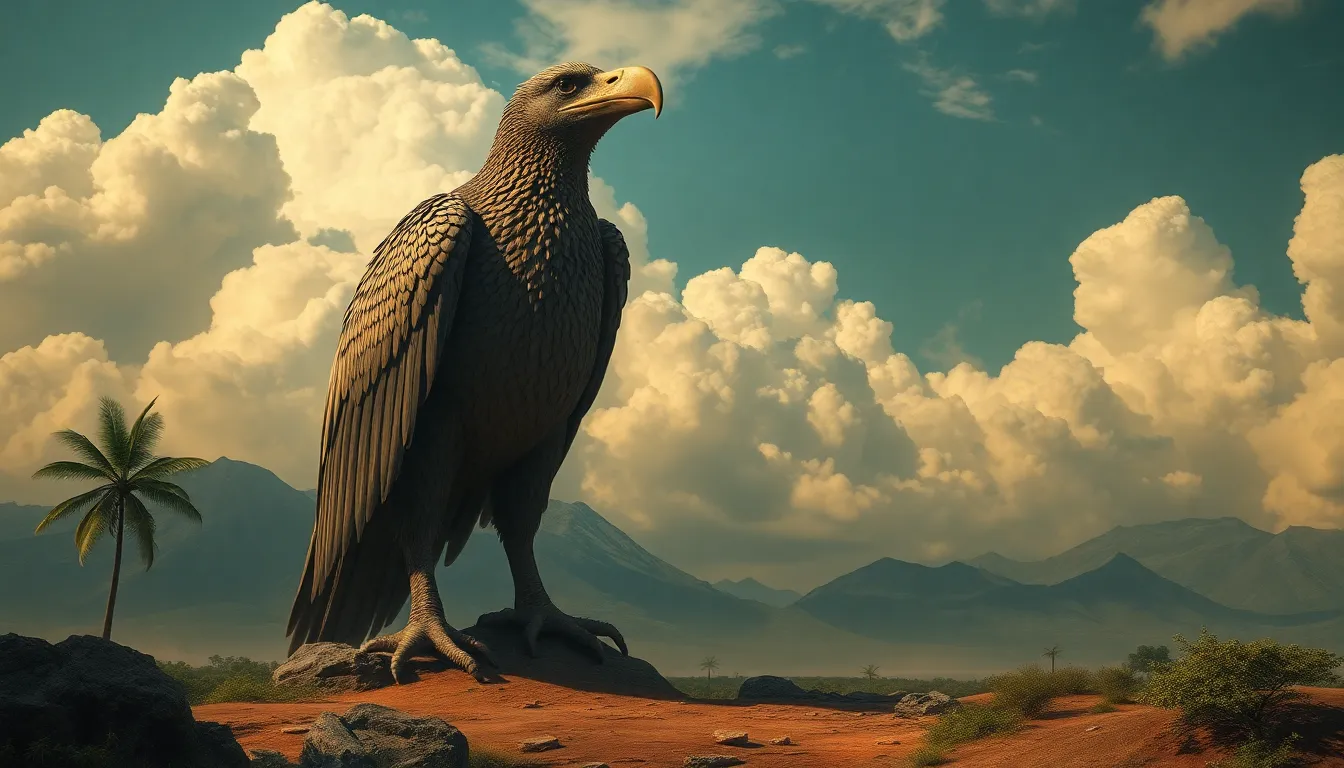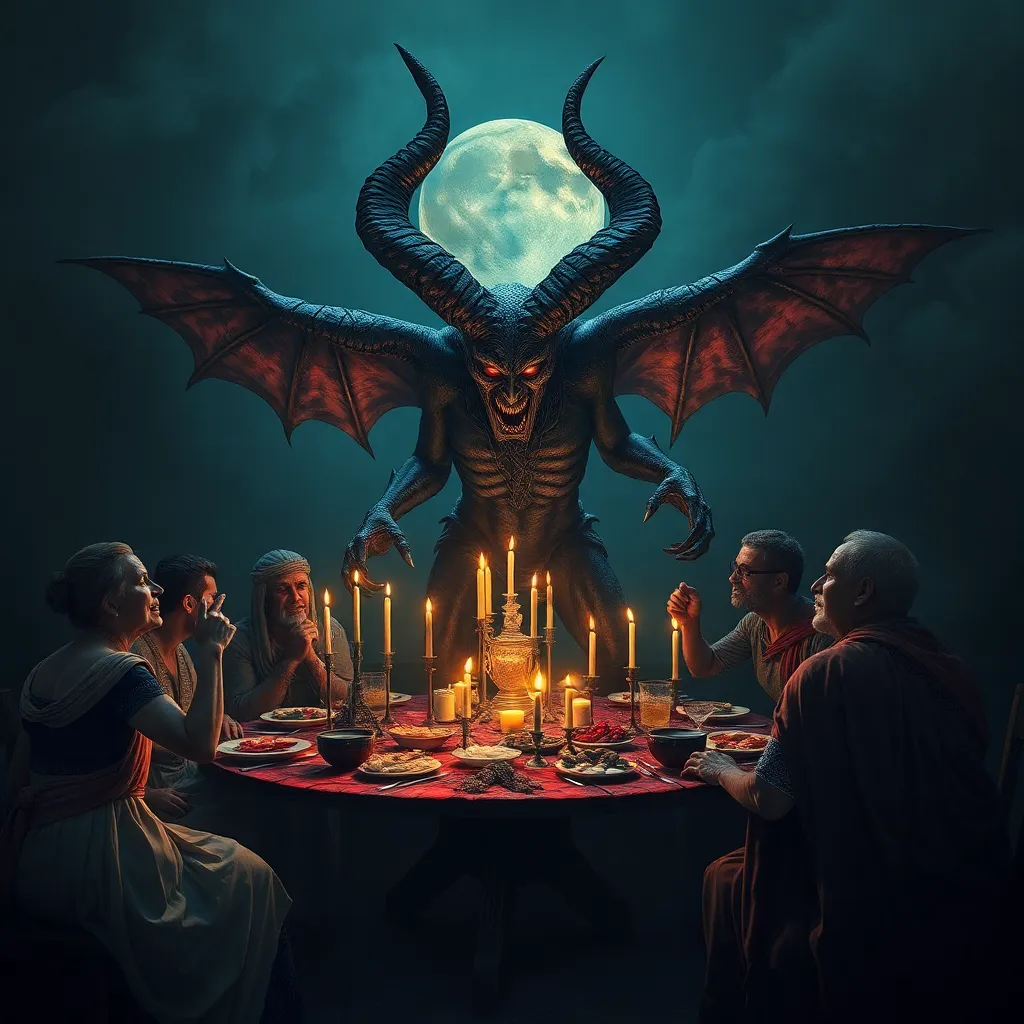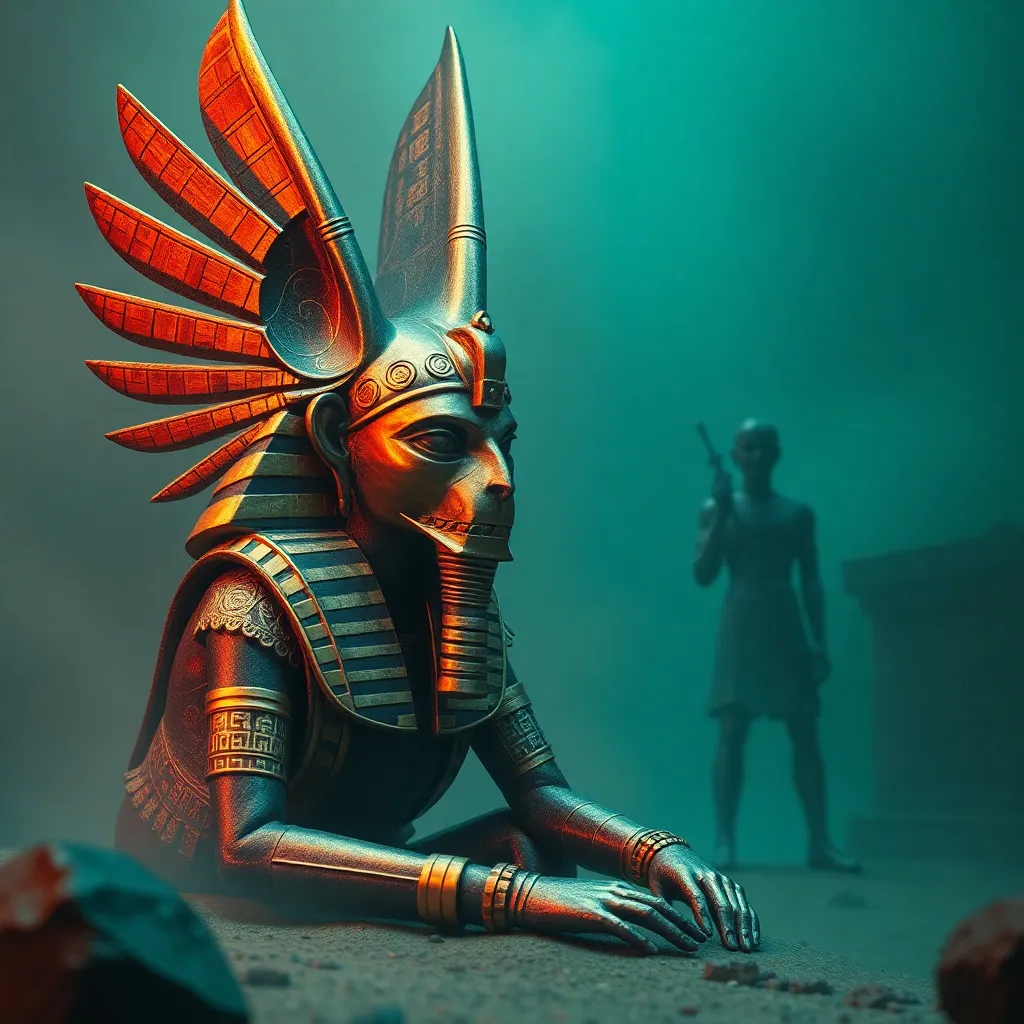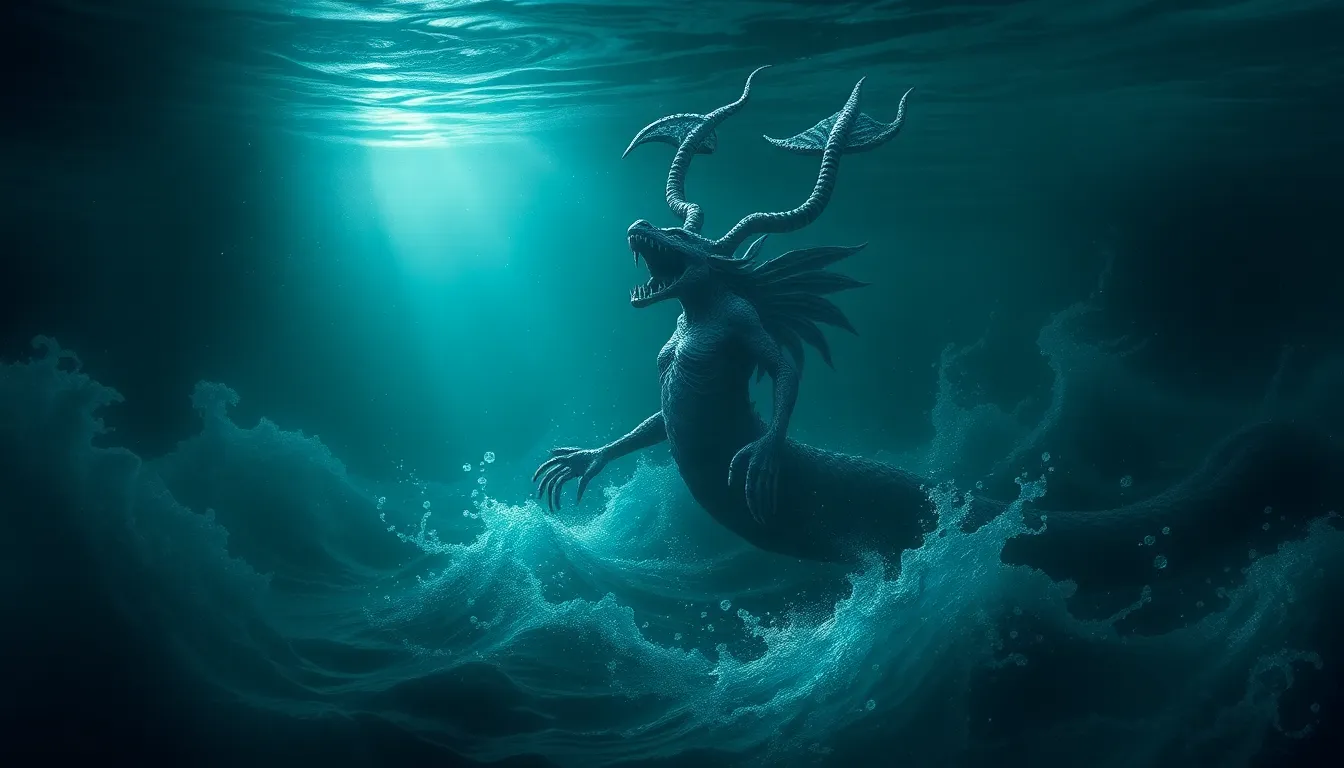The Roc’s Role in African Creation Myths: A Giant Bird of Origin
I. Introduction
The Roc, a mythical giant bird, has captivated the imaginations of cultures around the world. In African mythology, the Roc is not just a creature of folklore; it plays a significant role in the creation myths that shape the understanding of the world and its origins. This article aims to explore the significance of the Roc in African creation myths, examining its characteristics, cultural variations, and the themes that emerge from these ancient narratives.
II. The Roc: An Overview
A. Description and characteristics of the Roc
The Roc is often depicted as an enormous bird, capable of carrying off large animals, including elephants, in its talons. Descriptions vary, but it is typically portrayed with powerful wings, sharp beaks, and immense strength. The Roc embodies the idea of grandeur and awe, representing something beyond the ordinary.
B. Historical origins of the Roc in various cultures
The concept of the Roc is not exclusive to Africa; it appears in various cultures, including Middle Eastern and Asian mythologies. Its origins can be traced back to ancient texts, such as “The Book of One Thousand and One Nights,” where it is depicted as a creature of immense size and power. Over time, the Roc has evolved in different cultures, adapting to local beliefs and traditions.
C. Distinction between the Roc in African myths and other mythologies
While the Roc appears in multiple mythologies, its portrayal in African myths often emphasizes its role in creation and the natural order. Unlike its counterparts in other cultures, the African Roc is frequently linked with themes of power, creation, and the environment, showcasing the deep-rooted connections between mythology and the African landscape.
III. The Roc in African Culture
A. The Roc as a symbol of power and creation
In African culture, the Roc is more than just a mythical creature; it symbolizes the power of nature and the forces that govern creation. Its massive size and strength represent the divine power that shapes the world, making it a vital figure in various creation myths.
B. Regional variations of Roc myths across Africa
Different regions of Africa have their own interpretations of the Roc, leading to a rich tapestry of myths that reflect local cultures. For example:
- In North Africa, the Roc is often associated with desert landscapes, symbolizing the harshness and beauty of the environment.
- In West African cultures, the Roc may be linked to agricultural cycles, embodying the fertility of the land.
- In East Africa, stories of the Roc may connect with the mountains and skies, emphasizing its role as a guardian of the heavens.
C. Comparison with other mythical creatures in African folklore
The Roc can be compared to other powerful creatures in African folklore, such as the Mokele-Mbembe or the Nganga. While these creatures also symbolize power and nature, the Roc’s unique characteristics and its role in creation myths set it apart as a significant figure in African mythology.
IV. Creation Myths Featuring the Roc
A. Summary of key creation myths involving the Roc
Several prominent African creation myths feature the Roc as a central figure. In these stories, the Roc often plays a crucial role in the formation of the world and the establishment of life. For instance:
- One myth describes how the Roc flew across the primordial waters, creating landmasses with its immense wings.
- Another tale speaks of the Roc laying giant eggs that hatched into the first humans and animals, symbolizing the beginning of life.
B. The Roc’s role as a creator or assistant in these myths
In many of these narratives, the Roc is portrayed as a creator or an assistant to the divine. Its strength and power are instrumental in shaping the world and bringing forth life, highlighting its importance in the cosmic order.
C. Analysis of the themes presented in these myths
The themes in Roc myths often revolve around creation, power, and the interconnectedness of life. They reflect the belief in a higher power that governs the natural world, emphasizing the significance of respecting and understanding nature.
V. Symbolism of the Roc in African Creation Myths
A. The Roc as a representation of divine intervention
The Roc symbolizes divine intervention in the world, acting as a messenger or agent of the gods. Its actions in creation myths often reflect the will of the divine, reinforcing the connection between the spiritual and physical realms.
B. The connection between the Roc and the natural world
The Roc’s existence is deeply tied to the natural environment, serving as a reminder of the delicate balance between humanity and nature. Its powerful presence in myths encourages respect for the earth and its resources.
C. The Roc’s symbolism in the context of life’s cycles
In many myths, the Roc represents the cyclical nature of life, death, and rebirth. Its role in creation is often linked to themes of renewal and transformation, underscoring the importance of these cycles in African cosmology.
VI. The Roc’s Influence on African Art and Literature
A. Depictions of the Roc in African art forms
The Roc has inspired various forms of African art, from traditional carvings to contemporary paintings. Artists often depict the Roc in ways that reflect its grandeur and significance, using it to convey messages about power, nature, and mythology.
B. The Roc’s presence in contemporary African literature
In contemporary African literature, the Roc continues to be a powerful symbol. Authors weave Roc imagery into their narratives, exploring themes of identity, culture, and the relationship between humanity and the divine.
C. The legacy of Roc myths in modern storytelling
The legacy of Roc myths endures in modern storytelling, influencing not only African narratives but also global literature. Its themes resonate with universal human experiences, making the Roc a timeless figure in the mythological canon.
VII. Comparative Analysis: The Roc and Other Creation Myths
A. Similarities and differences with other creation myths globally
When comparing the Roc to other creation myths around the world, several similarities and differences emerge. Like many mythical creatures, the Roc embodies themes of creation and power. However, its unique characteristics and cultural significance in African mythology set it apart.
B. The impact of cultural exchange on the Roc’s representation
Cultural exchange has played a significant role in shaping the Roc’s representation. As stories traveled across regions, they adapted to local beliefs and traditions, resulting in a diverse array of Roc myths that reflect the richness of African culture.
C. Insights gained from comparing the Roc with other mythological beings
By comparing the Roc with other mythological beings, we gain insights into the universal themes of creation, power, and nature. These comparisons highlight the shared human experience and the ways in which different cultures understand the world around them.
VIII. Conclusion
The Roc holds a significant place in African creation myths, symbolizing power, creation, and the interconnectedness of life. Its enduring legacy in art and literature reflects the importance of these myths in shaping cultural narratives. As we continue to explore and preserve these stories, we honor the rich tapestry of African mythology and its relevance in contemporary society.




